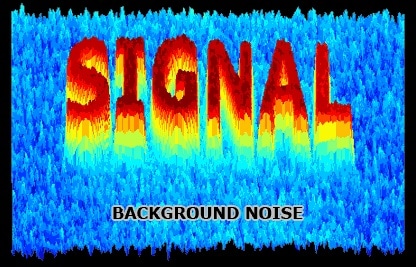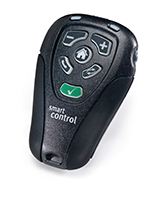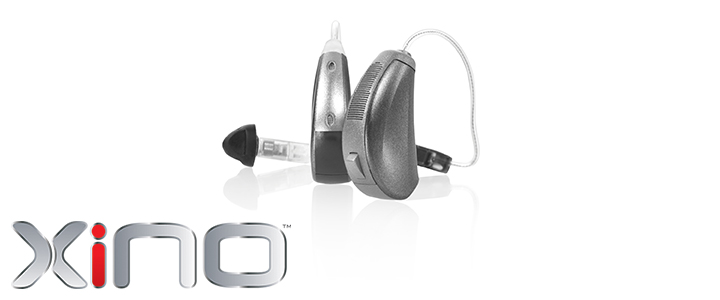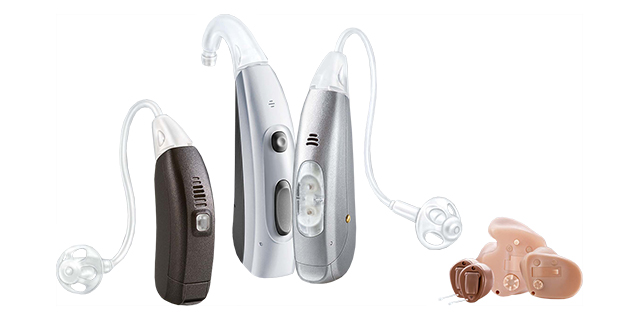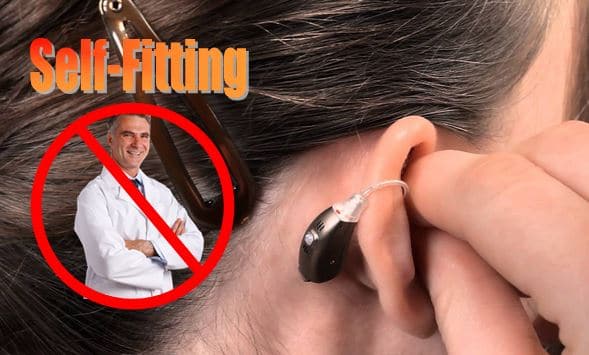Oct. 11, 2018
New forms of counseling and customization – services that complement existing best practice clinical protocols — are needed for audiology to remain a sustainable profession in the era of patient-driven hearing aid fittings Last Friday, October 5, in what was perceived by many to be a surprise move, the FDA approved a Bose self-fitting hearing aid that can be purchased



